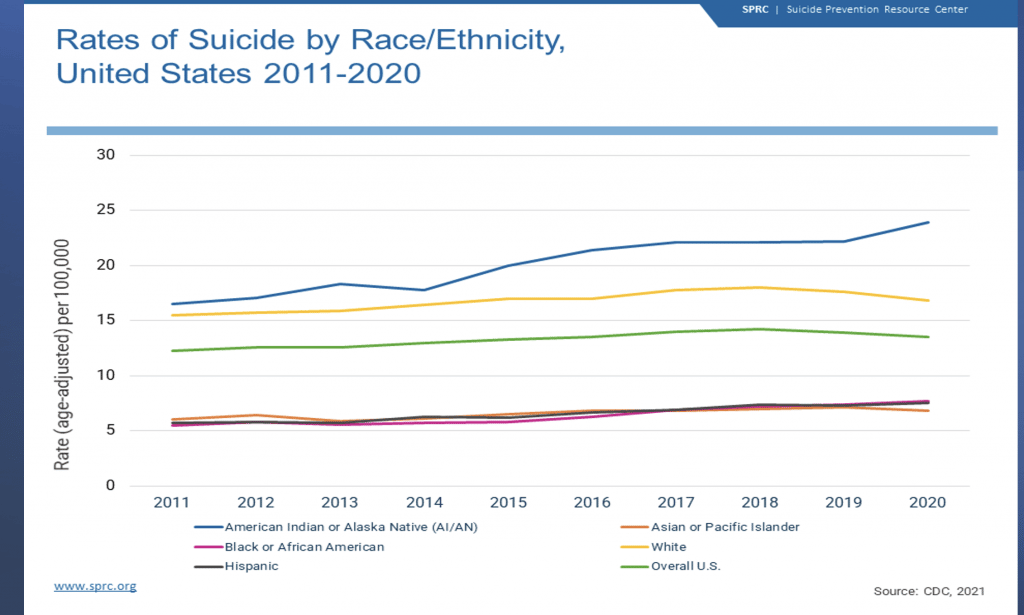Suicide deaths account for nearly 46,00 deaths in the United States, about one death every five minutes. The number per year has continued to grow for the past several years.
Investigators face many challenges in this death, including when to rule a death a suicide and what degree of certainty must be obtained before making that ruling.
Degrees of Certainty
Certifications should be objective. Manner of death certifications should be objective and based on simple, established criteria.
Manner-of-death classification should not be formulated based on trying to facilitate prosecution, avoiding challenging publicity, building a political base, or promoting a personal philosophy or agenda. To rule a death a suicide, the investigator must have a preponderance of medical and investigative evidence giving a 70% assurance that the death was by no other means than suicide.
Implications of a Suicide Ruling
A ruling of suicide must be supported by your investigation and case report. You should NEVER rule suicide unless your investigation proves it.
Some common implications facing an investigator after a ruling of suicide are:
- Family Denial
- Stigma of Suicide
- Insurance Issues
Suicide Statistics




